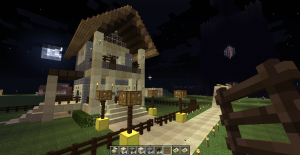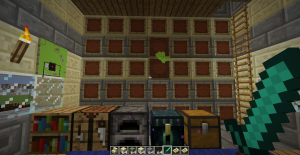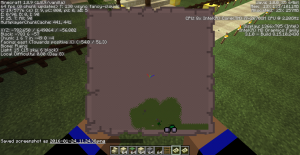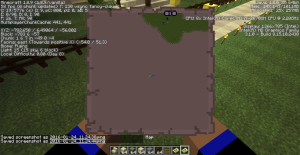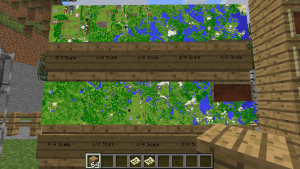EVO Minecraft MOOC – Week 2 Reflection #evomc16
I’ve had fun hanging out on the server this week. I built a library to house my map wall, and made a couple of maps.
At the 4/4 scale there isn’t much point to doing maps in a superflat world like this, but it was good practice. It seems like a lot of people don’t know about making inworld maps in Minecraft. (It’s confusing because “map” in Minecraft also means a created world that can be replicated.)
The maps below show the originals that are mounted on the wall above. Inworld maps in Minecraft only show places that the person has explored.
When someone has a copy of a map in their hotbar, all of the copies of that map, including the one on the wall, are updated. This can be really useful for a group exploring a new world. As you travel through the world you can see your position on the map. If you are still in the area where the map is mounted, that place is marked in green.
This Minecraft map wall (from a different server) shows maps of the same location in gradually increasing scale, from close-up (1/4) to zoomed out (4/4).
This is a composite map wall of the same area, with all of the maps completely zoomed out (4/4 scale)
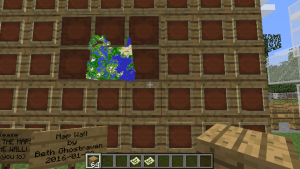
This is a composite map wall of the same area, with all of the maps completely zoomed out (4/4 scale).
This Minecraft Wiki article explains maps more thoroughly: http://minecraft.gamepedia.com/Map_(Item). I have a terrible sense of direction, inworld and out, and having a map with me helps me stay on track.

